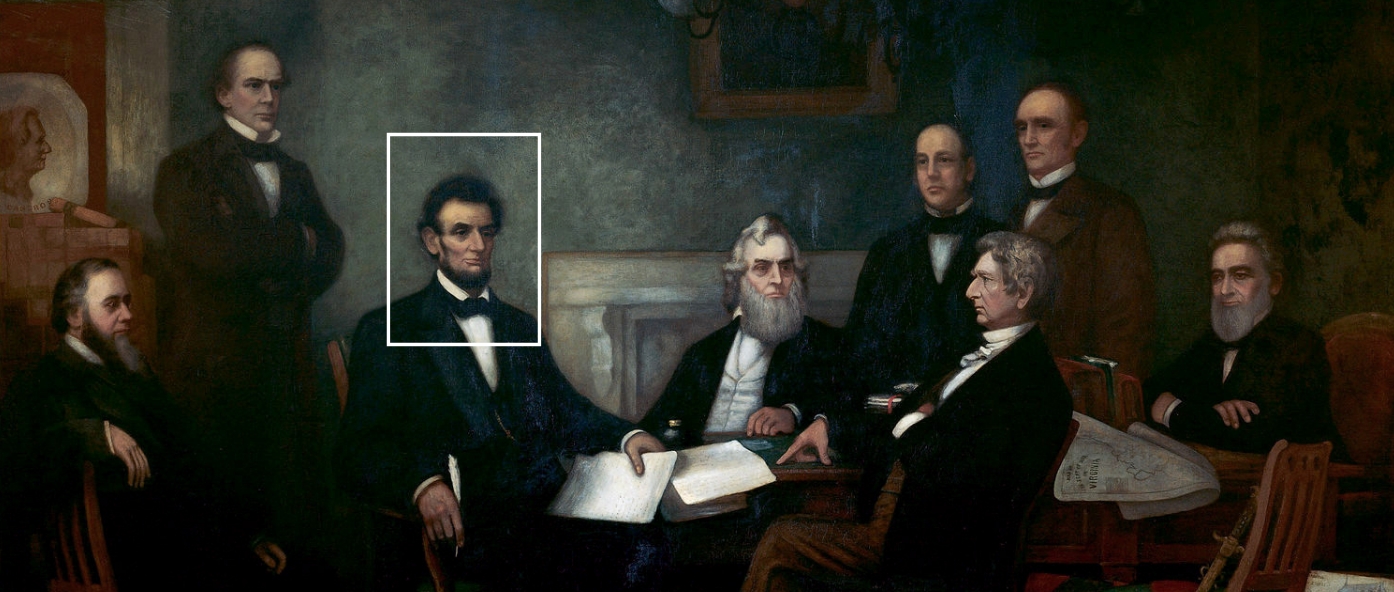In our quest for turning static knowledge (documents) into interactive knowledge (chatbots) via the chatbot Platform, we have experimented creating a chatbot from scratch to completion. The main question was, how long would it take? We first downloaded Lincoln’s content from Wikipedia (16,000+ words), cleaned the content, made editorial changes, and curated some images. Then, it took less than 10 minutes to create a fully functional chatbot through the platform. Its one-shot machine learning technology (learning by reading) took less than 1 minute, and the previous 9 minutes were spent on entering the content into the platform. You can test this chatbot at this link and examine how it was developed.
It is a fully functional chatbot with short-term memory, answering impromptu questions any time, topical suggestions, detecting user behavior, and providing infinite speech. Its knowledge is limited to what the historians said as compiled in the Wikipedia page.
WHY IS THIS IMPORTANT?
For chatbots to spread and flourish in the future depends on how quickly they can be developed. This would mean development by editorial effort rather than by coding effort. In other words, chatbot platforms should only require content curation and selecting dialogue features. Everything else should be automated underneath (invisible to the developer), including machine learning and NLP capabilities.
Developers of chatbots in the future will be the writers not the computer programmers.
Current platforms offered by big companies (Microsoft Bot Framework, IBM-Watson, Amazon-Lex, Google API, and Facebook Messenger Platform) all require coding skills and/or AI experience. Obviously, developing the same chatbot for Abraham Lincoln would take much longer than 10 minutes when hands-on AI skills and coding are involved.
Considering the document stockpiles of enterprises, a quick and easy conversion to chatbots can be valuable for training, help desk, and other vital operations.
EDUCATIONAL CHATBOTS ARE HERE
The second reason for this initiative was to assess the value proposition of chatbots for the education sector. Here are the top 6 reasons why chatbots (conversational AI) will be inevitable tools for education:
- Control: Interactive content gives students much more control over what they want to focus on.
- Fun: Talking/messaging/chatting is always more fun than just reading.
- Ease: Use of small screen devices are ideal fit for chatbots which add to their educational role.
- New Teaching Methods: Chatbots can be a great summarization tool offering students main points to remember and option to dive deeper. Various new teaching strategies can be implemented.
- Creativity: Creation of chatbots can also be an educational experience.
- Feedback: Conversational analytics obtainable from chatbot interactions provide valuable clues to teachers as to how students learn, or fail to learn.
There is no doubt that one of the most active areas of conversational AI will be education. We will report how Abraham Lincoln chatbot was received in a follow up article.
——- FOLLOW US ———-
For exClone’s Chatbot Platform, click here for free trial via LinkedIn access.
Join our CHATBOTS linkedin group
Follow exClone in Linkedin or on Facebook



